1. PROBLEM
As mentioned in the description section, earthquakes are noted as the second most common natural disasters throughout the world.
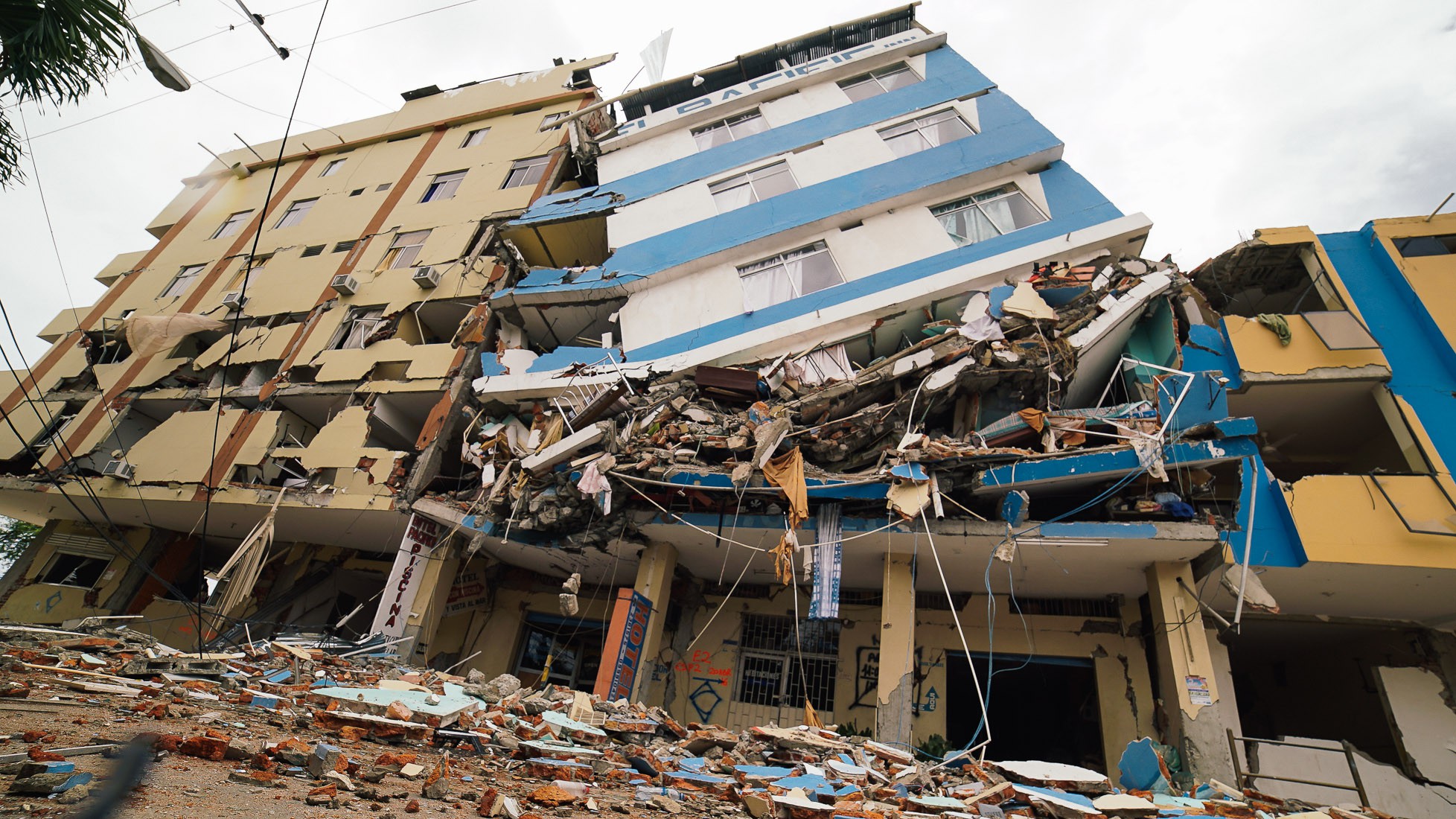
In 2015, earthquakes exceeding a magnitude of 5.5 in developed
countries resulted with direct and indirect economic damages fluctuation
between $2 million to $232 billion; for some countries, such as Japan, a decade
of events have resulted in losses in the trillions. Residential damage only results in a quarter
of the losses, with the remaining impact falling upon the realm of secondary
effects; these degradations include tsunamis, landslides, shaking, liquefaction
and fire. GDP, Socioeconomic and public
health impacts are directly affiliated with the aftermath of earthquakes;
however, thirty percent of all direct losses incurred are damages to
infrastructure. Additionally, 2010 earthquake statistics reflect a
worldwide causality total of 320,120 people. Proportional collapses do depend on the
characteristics of ground motion, with a majority of fatalities occurring in
direct correlation with structural compromise.
A revolutionary new technology may be able to mitigate the economic and humanitarian costs associated with the earthquakes.
2. OUR SOLUTION
2.1 Background
Metamaterials are a novel technology that functions by redirecting waveforms around their surface, acting somewhat as a 2D waveguide. Metamaterials were initially speculated for futuristic applications, such as providing optical invisibility or cloaking.
In addition to optical metamaterials, researchers have created seismic metamaterials.
Seismic metamaterials essentially shorten incoming seismic waves and direct them around their structure. In this manner, the building in the center of the metamaterial matrix is “invisible” to seismic waves. This is a process known as “acoustic cloaking,” where the sound waves bend around an object rather than reflecting from its acoustic surface. This technology has the added benefit of “lack of scattering” forward or behind the seismic metamaterial structure, thus omitting dangerous compromise to any nearby structures.
The specific subset of seismic metamaterials pursued here are a mass-in-mass system that redirects and filters the more destructive S-waves around shielded structures. The novelty of our idea comes from that it can be tuned to various quake frequencies.
2.2 The Hardware
The system, deemed The Optimized Seismic Concentric Interference Longitudinal Lattice Apparatus (OSCILLA), is a low-cost seismic metamaterial system which can be deployed rapidly with minimal infrastructure. The OSCILLA system itself is composed of many subunits (also referred to as “unit cells” in metamaterial parlance) which collectively interact with the incident seismic wave. This array of smaller units also has the added benefit of simplifying the installation process, allowing the subunits to be placed underground using minimal equipment.
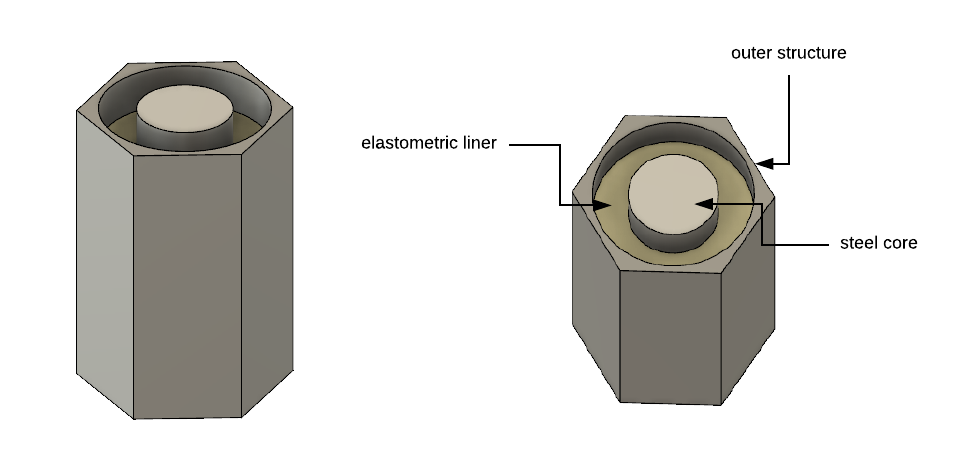
Figure 1: a. Overall design of the OSCILLA unit cell (left) and primarily components of an OSCILLA unit cell (right).
The placing of the unit cells
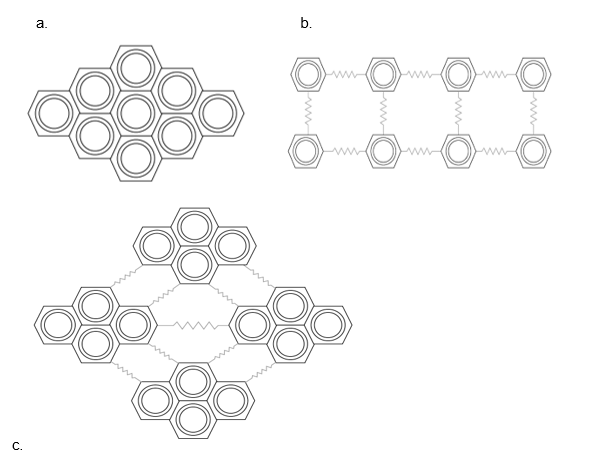
Figure 2: Configuration of the OSCILLA unit cells. a. The unit cells are in a contact configuration, whereas in b. the cells are in a spaced configuration. The unit cells can even be arranged in a hybrid configuration as seen in c., depending upon the local topography.
The OSCILLA subunits collectively act as a resonator, oscillating at the frequency of the incident surface waves. Each subunit can thus be more accurately referred to as a periodic unit cell, since they are individual resonators that match the frequency and period of the quake’s oscillations. In doing so, the seismic wave itself bends around the central structure. A metamaterial by definition must contain periodic unit cells, which collectively compose the surface of the metamaterial itself....
Read more » Aron Molnar
Aron Molnar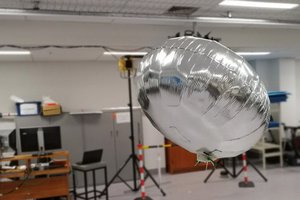
 New Dexterity
New Dexterity

 Matthew Borgatti
Matthew Borgatti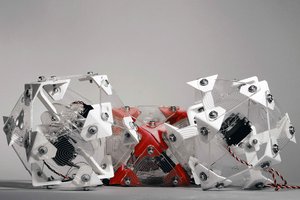
 Bart//Bratke
Bart//Bratke